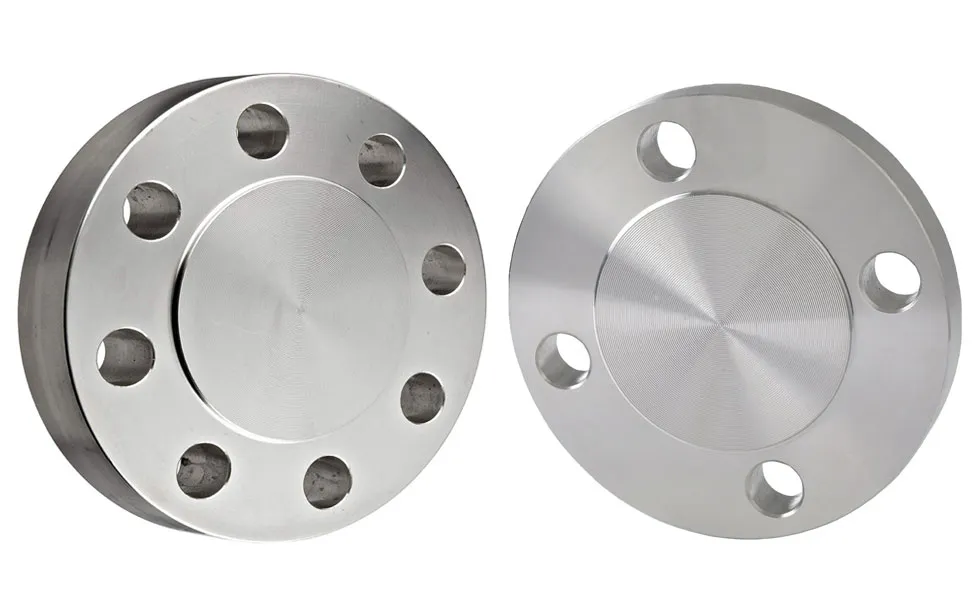-
Cangzhou Yulong Steel Co., Ltd.
-
Phone:
+86 13303177267 -
Email:
admin@ylsteelfittings.com
- English
- Arabic
- Italian
- Spanish
- Portuguese
- German
- kazakh
- Persian
- Greek
- French
- Russian
- Polish
- Thai
- Indonesian
- Vietnamese
- Zulu
- Korean
- Uzbek
- Hindi
- Serbian
- Malay
- Ukrainian
- Gujarati
- Haitian Creole
- hausa
- hawaiian
- Hebrew
- Miao
- Hungarian
- Icelandic
- igbo
- irish
- Japanese
- Javanese
- Kannada
- Khmer
- Rwandese
- Afrikaans
- Albanian
- Amharic
- Armenian
- Azerbaijani
- Basque
- Belarusian
- Bengali
- Bosnian
- Bulgarian
- Catalan
- Cebuano
- China
- China (Taiwan)
- Corsican
- Croatian
- Czech
- Danish
- Esperanto
- Estonian
- Finnish
- Frisian
- Galician
- Georgian
- Kurdish
- Kyrgyz
- Lao
- Latin
- Latvian
- Lithuanian
- Luxembourgish
- Macedonian
- Malgashi
- Malayalam
- Maltese
- Maori
- Marathi
- Mongolian
- Myanmar
- Nepali
- Norwegian
- Norwegian
- Occitan
- Pashto
- Dutch
- Punjabi
- Romanian
- Samoan
- Scottish Gaelic
- Sesotho
- Shona
- Sindhi
- Sinhala
- Slovak
- Slovenian
- Somali
- Sundanese
- Swahili
- Swedish
- Tagalog
- Tajik
- Tamil
- Tatar
- Telugu
- Turkish
- Turkmen
- Urdu
- Uighur
- Welsh
- Bantu
- Yiddish
- Yoruba

Nov . 15, 2024 18:53 Back to list
buttwelded
Understanding Buttwelded Joints A Comprehensive Guide
Buttwelding, a prevalent technique in the realm of metalworking and fabrication, plays a crucial role in the assembly of structures across various industries, including construction, manufacturing, and piping systems. The process is characterized by the joining of two workpieces end-to-end without the use of additional materials, thus forming a continuous joint. This article explores the intricacies of buttwelded joints, their types, applications, and advantages.
The Buttwelding Process
Buttwelding involves heating the edges of the metal pieces to be joined until they reach a plastic or molten state, and then applying pressure to forge them together. This can be achieved through various methods, including arc welding, resistance welding, and laser welding. Each method has its own set of advantages and is selected based on the specific requirements of the project and the materials being used.
During the buttwelding process, several key factors must be monitored to ensure a successful joint. These include the temperature of the welding area, the cleanliness of the metal surfaces, and the application of uniform pressure. A common concern in buttwelding is joint misalignment, which can lead to defects such as incomplete fusion or excessive spatter.
Types of Buttwelded Joints
Buttwelded joints can be categorized into several types based on their configuration and the intended application
1. Square Butt Joint This is the most straightforward configuration, where two pieces are joined end-to-end at a right angle. It is easy to weld but may require additional finishing.
2. Bevel Butt Joint In this design, the edges of the workpieces are beveled to create a V-shape. This allows for better penetration of the weld and is particularly useful for thicker materials.
3. Single V Butt Joint Similar to the bevel joint, but with a single bevel on one side only, this type also aids in deep penetration and is suitable for various thicknesses of materials.
buttwelded

4. Double V Butt Joint This joint features bevels on both sides, allowing for increased weld strength and improved penetration, making it ideal for heavy structural applications.
5. Flare Butt Joint This type involves one piece having a flared edge, which fits into the other workpiece. It's commonly used in piping applications.
Applications in Various Industries
Buttwelding is extensively utilized in industries such as oil and gas, shipbuilding, and automotive manufacturing. The technique is particularly favored for creating strong, leak-proof joints in piping systems, which are essential for preventing hazardous spills and leaks. In the automotive industry, buttwelding is employed to assemble structural components, ensuring durability and safety.
Advantages of Buttwelding
One of the primary advantages of buttwelding is the strength of the joint it creates. The process allows for a continuous grain structure across the weld, which enhances the overall integrity of the assembly. Additionally, buttwelded joints are often more aesthetically pleasing than those created with mechanical fasteners, as they eliminate the need for visible bolts or rivets.
Buttwelding also offers improved resistance to fatigue and corrosion, especially when performed on high-quality materials. It is a relatively fast process, contributing to increased productivity and efficiency in manufacturing environments.
Conclusion
In summary, buttwelded joints are a fundamental aspect of modern engineering and fabrication practices. With various types of joints available to meet specific needs and a wide array of applications across multiple industries, buttwelding stands as a testament to the evolution of joining techniques. Understanding the intricacies of this process is crucial for professionals engaged in metalworking, as it can significantly influence the quality and performance of their final products. As technology continues to advance, the methods and materials associated with buttwelding will likely evolve, promising even stronger and more efficient solutions for the future.
Latest news
-
ANSI 150P SS304 SO FLANGE
NewsFeb.14,2025
-
ASTM A333GR6 STEEL PIPE
NewsJan.20,2025
-
ANSI B16.5 WELDING NECK FLANGE
NewsJan.15,2026
-
ANSI B16.5 SLIP-ON FLANGE
NewsApr.19,2024
-
SABS 1123 FLANGE
NewsJan.15,2025
-
DIN86044 PLATE FLANGE
NewsApr.19,2024
-
DIN2527 BLIND FLANGE
NewsApr.12,2024
-
JIS B2311 Butt-Welding Fittings LR/SR 45°/90° /180°Seamless/Weld
NewsApr.23,2024











